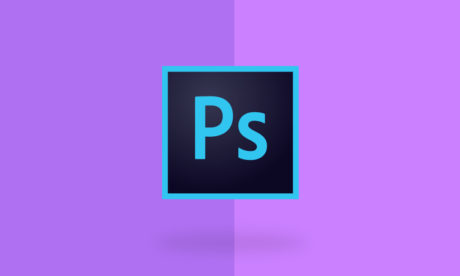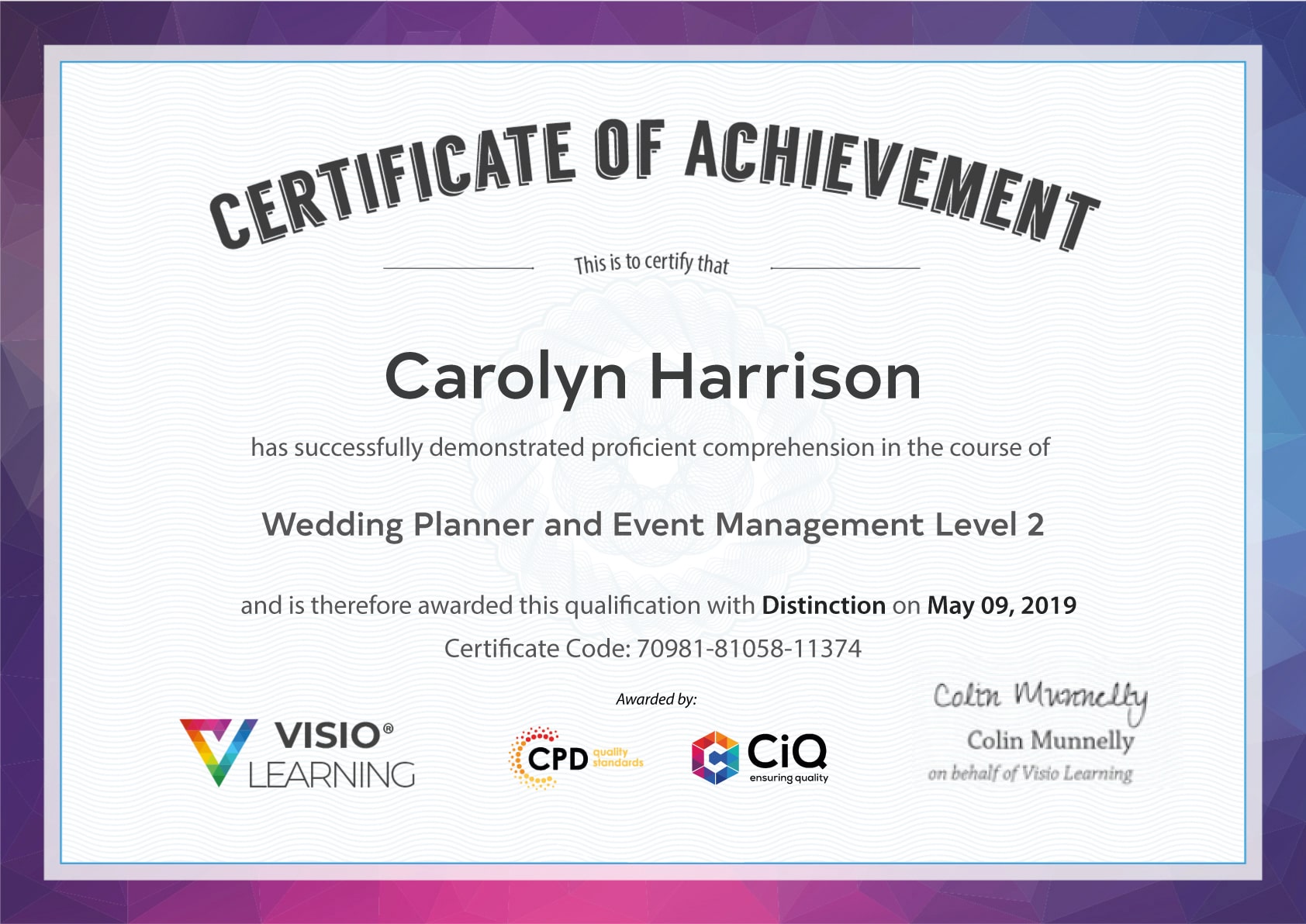Course Curriculum
| Unit 1- Aperture | |||
| Module 1- Introduction | 00:04:00 | ||
| Module 2- Apertures Basic | 00:06:00 | ||
| Module 3- Aperture Shutter Priority | 00:08:00 | ||
| Unit 2- Focusing | |||
| Module 1- Focusing Part 1 | 00:10:00 | ||
| Module 2- Focusing Part 2 | 00:08:00 | ||
| Module 3- Back Button Focusing | 00:13:00 | ||
| Unit 3- Flash Settings | |||
| Module 1- Basic Flash Settings | 00:06:00 | ||
| Module 2- Fill Flash | 00:11:00 | ||
| Module 3- Flash Sync and HSS | 00:07:00 | ||
| Unit 4- Exposure and Depth of Field | |||
| Module 1- Exposure Triangle | 00:07:00 | ||
| Module 2- Exposure Meter Modes | 00:10:00 | ||
| Module 3- Exposure Compensation | 00:07:00 | ||
| Module 4- Exposure Bracketing | 00:12:00 | ||
| Module 5- Depth of Field | 00:07:00 | ||
| Unit 5- Histograms, ISO and Filters | |||
| Module 1- Full Auto Mode | 00:05:00 | ||
| Module 2- Manual Mode | 00:08:00 | ||
| Module 3- ISO | 00:07:00 | ||
| Module 4- Manual and Auto ISO | 00:10:00 | ||
| Module 5- Histograms | 00:08:00 | ||
| Module 6- White Balance | 00:10:00 | ||
| Module 7- ND Filters | 00:05:00 | ||
| Unit 6- Shutter Speed | |||
| Module 1- Shutter Speed Basics | 00:03:00 | ||
| Module 2- Shutter Speed Water | 00:02:00 | ||
| Module 3- Shutter Speed Cyclist | 00:05:00 | ||
| Unit 7- Landscape Photoshoot | |||
| Module 1- Introduction to Landscape Photography | 00:04:00 | ||
| Module 2- Landscapes Camera settings | 00:08:00 | ||
| Module 3- Landscape with Colin Part 1 | 00:12:00 | ||
| Module 4- Landscape with Colin Part 2 | 00:12:00 | ||
| Module 5- Landscape with Colin Part 3 | 00:10:00 | ||
| Module 6- Old Linslade Photoshoot | 00:02:00 | ||
| Module 7- Landscape Ashridge Shoot | 00:07:00 | ||
| Unit 8- Portrait Settings and File Types | |||
| Module 1- Portrait Settings | 00:12:00 | ||
| Module 2- RAW vs JPG | 00:11:00 | ||
| Photo Submission | |||
| Submit Your Photos | 00:00:00 | ||
Course Reviews
[elementor-template id='289348']










